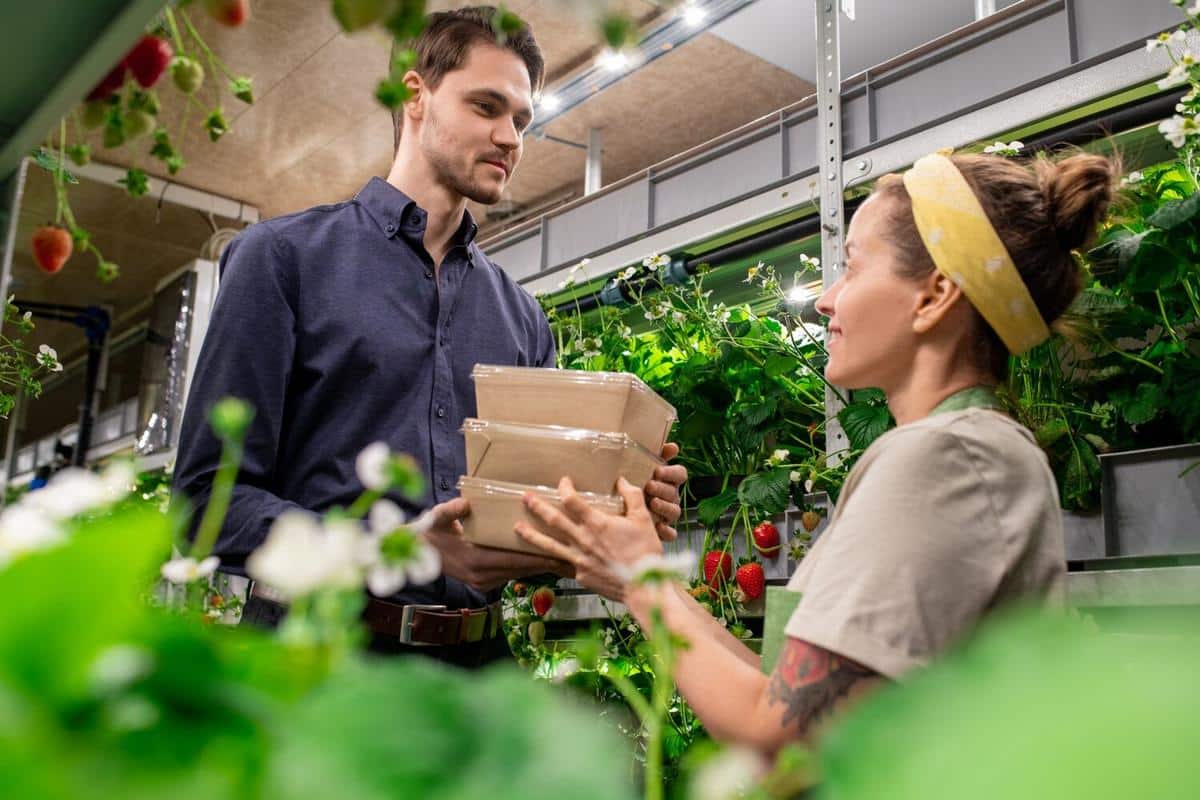
Blockchain in the Food Supply Chain: Enhancing Transparency
The intersection of blockchain technology and the food supply chain is transforming how we understand and interact with the journey of food from farm to table.
Blockchain technology is increasingly being recognized for its potential to enhance transparency in the food supply chain. By providing a secure and immutable ledger, blockchain ensures that every transaction or change in the supply chain is recorded and easily accessible. This innovation is gaining traction as consumers demand more transparency in how their food is sourced and processed.
Understanding Blockchain in the Food Supply Chain
Blockchain, a decentralized digital ledger, records transactions across many computers so that the record cannot be altered retroactively. This technology is particularly useful in the food supply chain, where it can track the journey of food products from origin to consumption. According to a report by IBM, the application of blockchain in the food industry can reduce the time it takes to track a food item from several days to just a few seconds.
Expert Opinions
Experts in the field are optimistic about blockchain’s role in the food supply chain. Frank Yiannas, former Vice President of Food Safety at Walmart, stated, “Blockchain technology enables a new era of end-to-end transparency in the global food system.” This transparency is crucial for building consumer trust and ensuring food safety.
Real-World Examples and Statistics
Several companies have already implemented blockchain to improve their supply chains. For instance, Carrefour, a leading retailer, uses blockchain to track its poultry, eggs, and tomatoes. This initiative has resulted in a noticeable increase in consumer trust and sales. According to a study by Deloitte, 31% of surveyed organizations are planning to use blockchain in their supply chains.
Benefits of Blockchain in Food Supply
| Benefit | Description |
|---|---|
| Traceability | Track the origin and journey of food products. |
| Food Safety | Quickly identify and remove contaminated products. |
| Consumer Trust | Provide transparency to enhance consumer confidence. |
| Efficiency | Streamline supply chain processes and reduce costs. |
| Fraud Reduction | Reduce food fraud by ensuring product authenticity. |
| Sustainability | Encourage sustainable farming and sourcing practices. |
| Regulatory Compliance | Facilitate adherence to food safety regulations. |
| Data Security | Ensure secure and tamper-proof records. |
Actionable Tips for Implementing Blockchain
- Start with a pilot project to test blockchain’s effectiveness in your supply chain.
- Collaborate with tech partners who have expertise in blockchain solutions.
- Engage stakeholders across the supply chain to ensure seamless integration.
- Educate your team about the benefits and workings of blockchain technology.
Consider partnering with established blockchain platforms to leverage their expertise and resources for a smoother implementation process.
Frequently Asked Questions
How does blockchain ensure food safety?
Blockchain allows for real-time tracking and tracing of food products, enabling quick identification of contamination sources.
Is blockchain technology expensive to implement?
The initial investment can be significant, but the long-term benefits of increased efficiency and reduced fraud can outweigh the costs.
Can blockchain help with regulatory compliance?
Yes, blockchain provides a transparent and tamper-proof record of all transactions, which can aid in meeting regulatory requirements.
Conclusion
Blockchain is poised to revolutionize the food supply chain by enhancing transparency, efficiency, and safety. As more companies adopt this technology, consumers can expect to see a significant shift in how food products are tracked and verified. Embracing blockchain not only improves supply chain operations but also builds trust with consumers, ultimately leading to a more transparent and reliable food system.